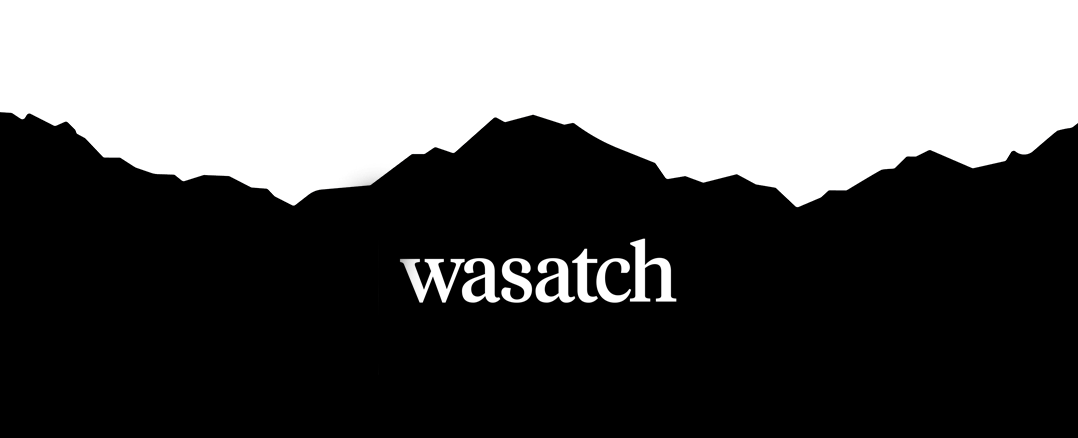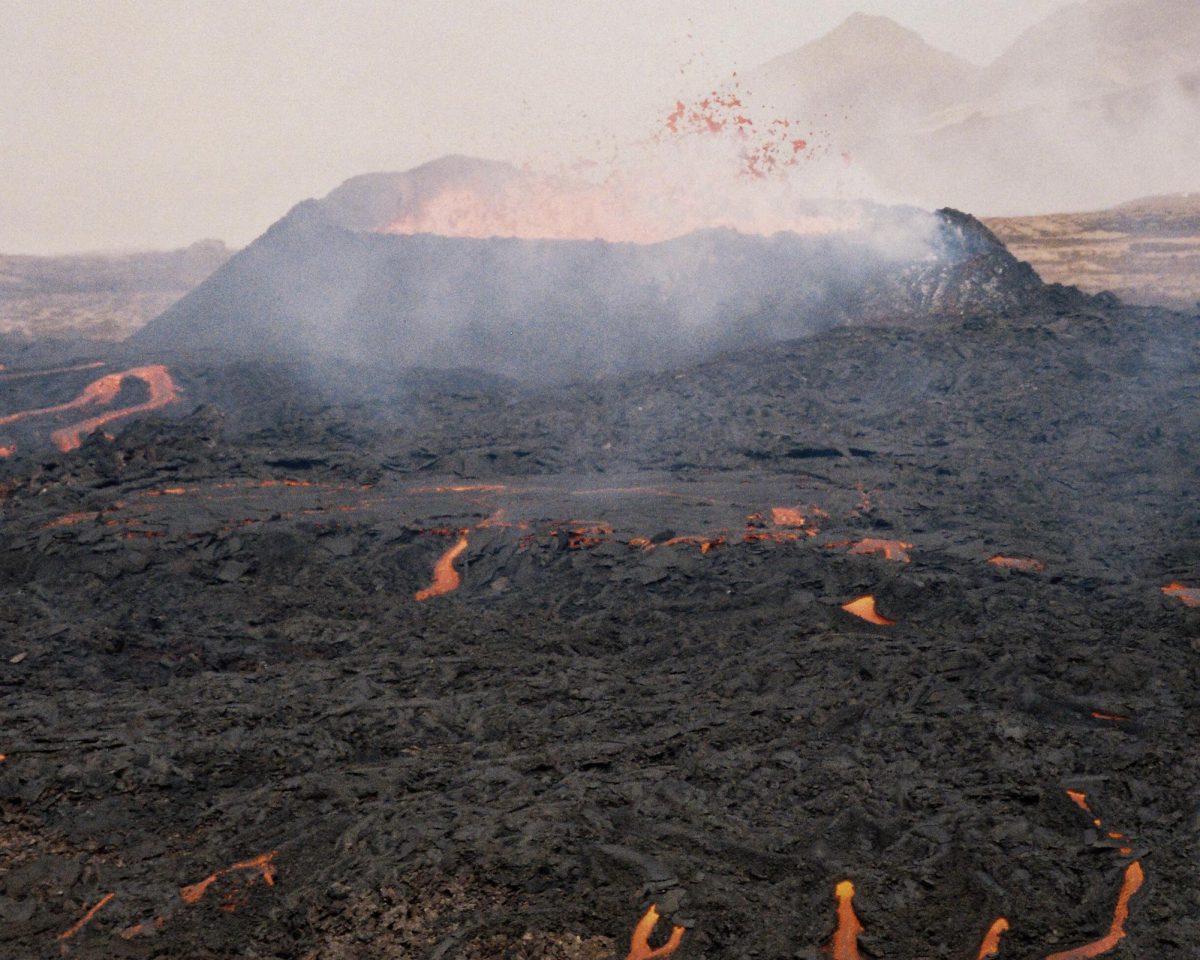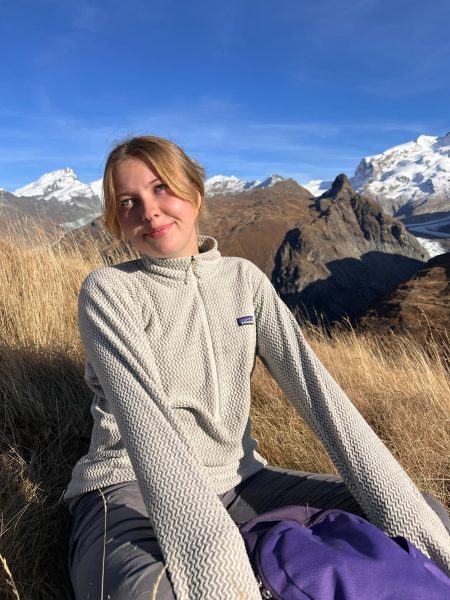Destruction and Creation
Destruction and creation are two sides of the same coin – one cannot exist without the other and the practice of one is just as important as the other. Creation is expression, growth, building – it is the art we mold, the food we cook, and the words we write on a page. It proves to humans that we are alive and leaving our mark. Destruction is an opening of space, a detox, a reset – it is the impermanence of life, the deconstruction of worn-out belief systems, and wet clay smushed between an artist’s hands.
Destruction often has a negative connotation, but it is not inherently so. Both creation and destruction can be used in nefarious ways, and both can be and should be used for the benefit of the human spirit. Creation is valued in society, it is a beautiful form of expression and life force, but without destruction, creation loses its flow. When we create with pressure and deadlines and perfectionism, we lose that piece that allows us to move boldly. It constricts our creative process to think that what we make could never be destroyed. We grow attached and lose sight of impermanence – the inevitable fact that life will change.
Natural Cycles of Destruction and Renewal
Destruction itself is at the very root of Mother Earth’s processes as ecosystems undergo natural cycles of destruction and renewal. Hundreds of millions of years ago Pangea’s one massive landmass was ripped apart and strewn across the earth to create the 7 continents we have today, each with their unique topography, cultures, and biological variety. Volcanoes erupt leaving trees and grasses buried in a hot flow of magma, floods suffocate foliage and organisms in its wake, fires lick up all flammable material in sight. Though destructive to the existing ecosystem, these processes leave space for new species to thrive after and ultimately provide greater biodiversity in the years following. It is a reset for the system. Ecological succession acts as the creation of a fresh masterpiece with the creative vision of mother earth herself. Our very bodies partake in this equilibrium of creation and destruction. As we live and breathe each day, we create the threads of our life in each waking moment until one day we return to the earth and provide nutrients for new life to prosper.
Art and Destruction
Art cannot be practiced without also embracing destruction – it is a natural testament engrained into the cosmos. The impermanent nature of creation and introduction of destruction into the processes, releases the mind from any idea of perfectionism. The exercise of making art for the sake of making it and then destroying it directly removes any ideation of perfection. It forces the person to be in the moment of creation fully. To feel what it is to write words on a page without worry of how others will relate or the feeling of your brush as it glides fresh acrylic paint on canvas in bright streaks or the flow of watercolor as it seeps into the fabric of the page. It becomes a sensory experience, and it is the heart of what art is meant to be. It is meant to be practiced, not perfect. Art is an outlet that allows us to tap into the imperfect and raw nature of human existence as is natural for the Earth and humans alike.
I want to be gentle with myself and hold space for the inevitable imperfection of life. Create art, live boldly, and then rip down the walls again.
**Disclaimer – when I talk about the natural cycles of destruction, I am not referring to human-made destruction of the earth or climate change. That is a different thing entirely and is not a part of Earth’s natural cycles, but a disruption in that creative process.
**Disclaimer 2 – Art is anything you create. You do not have to be an “artist” to create art, simply being human means that you create things. Art is writing, drawing, sculpting and it is also crafting outfits, hosting a party, or cooking.



